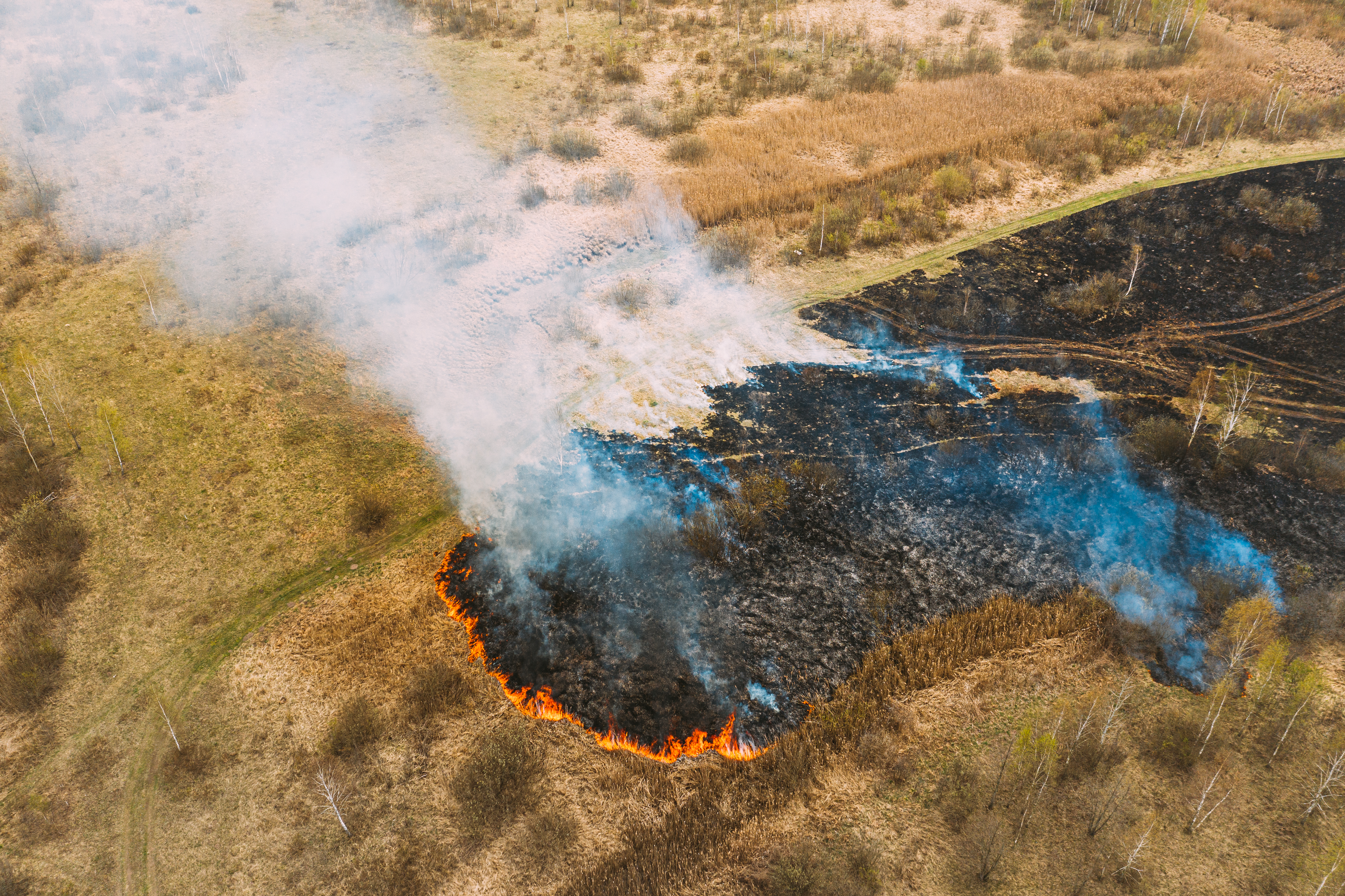Wildfire season is upon us, while for some it's always present.
Currently living in an area prone to wildfires and being one who's responsible for the response and management of several large-scale wildfires in Southern California during the last ten years of my 34-year law enforcement career, I'm well aware of the impacts on our communities, schools, and businesses. As customers of CrisisGo and the center point of contact for many families, you're uniquely positioned to impact a large number of people positively. Here's what you need to know regarding wildfires as well as the other potential emergencies you are likely to encounter in your region:
- As a trusted source of information within your community, you have a responsibility to keep yourself informed regarding any potential emergency which could impact your school or business.
- As the potential for the emergency to directly impact your school or business increases, so should your planning and response to the identified impacts.
- Determine several thresholds or triggering points where decisions will need to be made: If the fire comes within five miles of your school, what will you do, who will you notify, and who are you going to contact for more information?
- Contact your emergency management agency to ensure you understand what they are going to do and what it means when they say:
- There is an Evacuation Advisory
- There is an Evacuation Warning
- There is an Evacuation Order
- Understand that when Evacuation Advisories and Warnings are given for schools and businesses, this will likely mean something different for you than it does for the residents within those same areas:
- Due to the amount of time it will take to evacuate by having parents, guardians, and staff coming to get students or leaving work to retrieve students, it will take much longer than evacuating a resident. Our rule of thumb in Southern California is when there is an advisory. It is time to start making plans to evacuate; when there is a warning, it is time to begin the evacuation process and notify your parents/guardians to come to get their children.
- Pre-designated zones typically complete evacuations. While the zone boundaries may or may not include your school or business, many members of your community will be included and will be forced to evacuate, and thus may not be able to come to or stay in school or work.
- In many communities, schools will/can be used as evacuation centers and shelters, and this will likely impact your ability to conduct business as usual.
- There are many reasons to call for an evacuation: public safety, first responder safety and access to the fire, and security reasons.
- Once an evacuation has been ordered, there are also many reasons to keep that order in place much longer than people would expect and/or hope for: public safety, first responder safety and access to the fire, security reasons, significant damage to the infrastructure and the inability to inhabit that area, and not having to order multiple evacuations of the same area by repopulating the evacuation zones too soon.
How can CrisisGo help you respond to this type of emergency?
While we have discussed the school being the central point of contact for trusted information for most of your families, the culture of your schools will likely determine who those families contact when they need information: many cannot, or will not, differentiate between everyday communications and emergency information.
It will be up to you to communicate with the emergency management agency to get the most up-to-date information and make sure you pass that information on to your families. If they don't get the information from you, they will call you for it. Fear and Panic are monsters that need to be fed, and good information is the only food that will satisfy these monsters.
Here are a couple of tips to get the information they need:
- Make sure your information is correct.
- Ensure your entire staff has the best information available, as they may be the person who is contacted for information, status of the students, and instructions.
- Involve your Public Information Officer in these communications. This will ensure the information and messages are consistent with the emergency management agency and district/school policies. They will also keep records of what was communicated and when.
- While it may not be necessary to send an Alert using the CrisisGo app, you can certainly use the group messaging feature, the check-in, and roster functions within the app for communications with all of your staff.
- If there is an Evacuation Advisory or an Evacuation Order, you may need to initiate your reunification procedures. Using this function within your CrisisGo app will be very helpful, especially if time is of the essence and short when there is likely to be an elevated level of anxiety.
Conduct an After-Action Review of each and every event: drill and actual emergency. This will help you improve your process(es) for when the next emergency strikes. Stay ready, stay safe.
Please reach out to your CrisisGo Account Manager if you have any questions or need any further assistance.












No Comments Yet
Let us know what you think